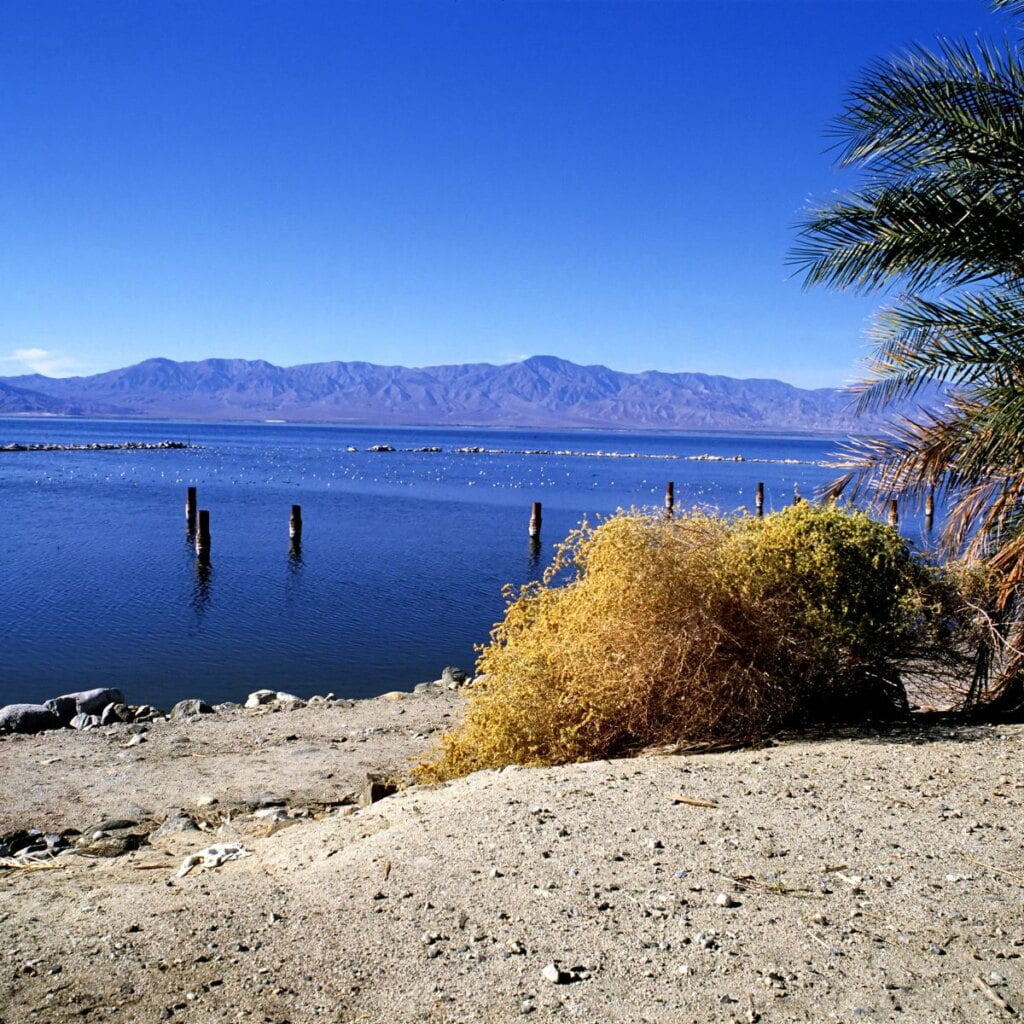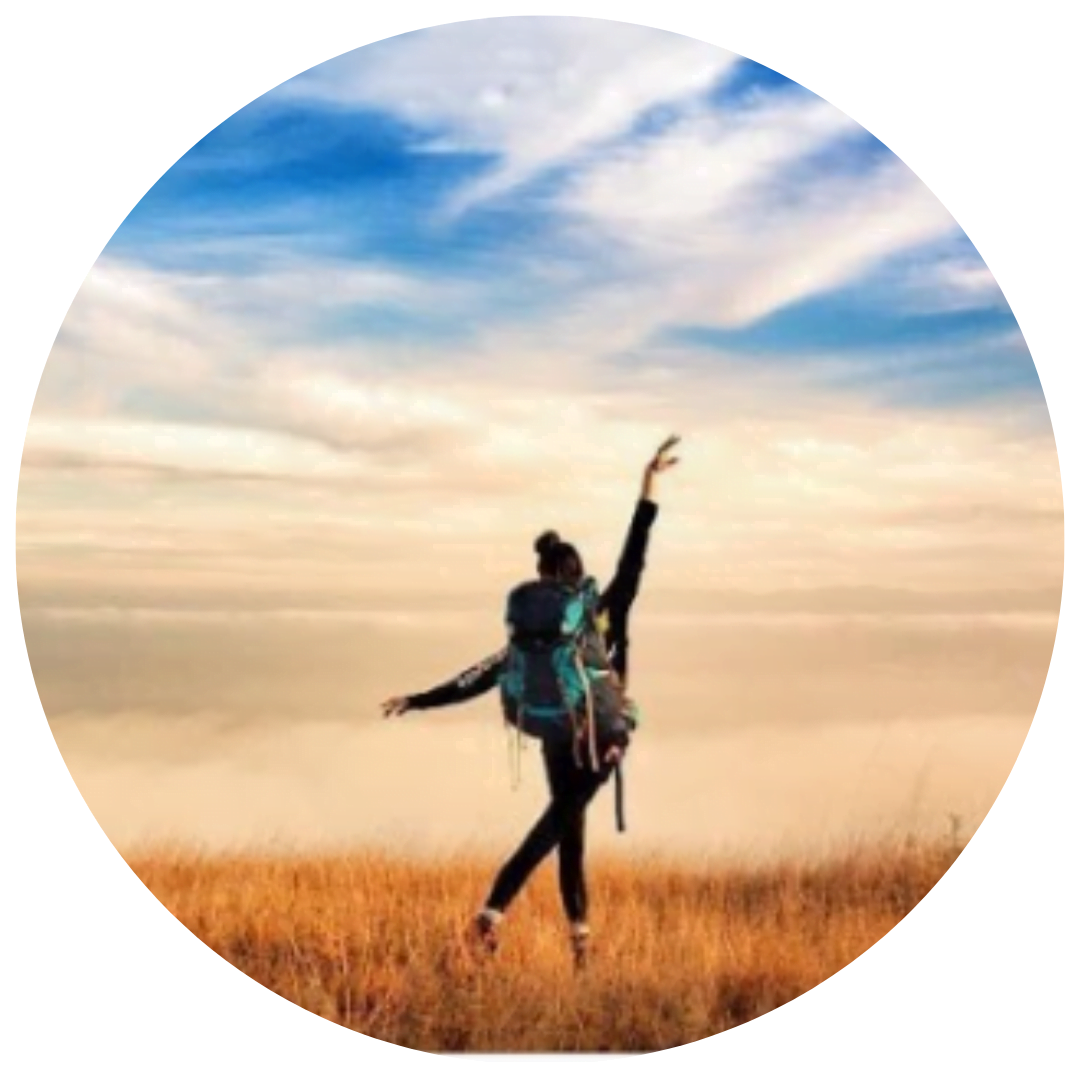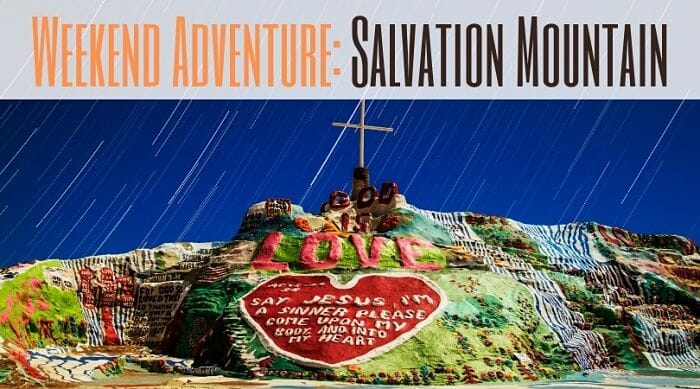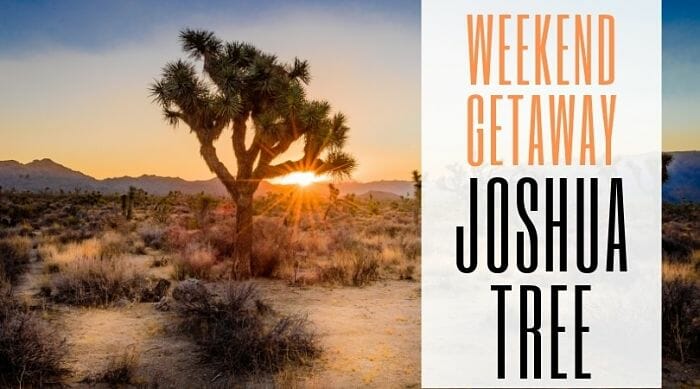Located about 2 and a half hours directly east of downtown Irvine, past Joshua Tree National Park and Palm Springs. A bit north of the Anza-Borrego Desert State Park and right by the small city of Niland lies a large body of water named the Salton Sea.
This land locked sea is a part of the Salton Trough – an active tectonic pull-apart basin – that runs all the way from the San Gorgonio Pass in Riverside to the crisp blue waters of the Gulf of California in Mexico. The Salton Sea is nestled right on the infamous San Andreas Fault. From a birds eye view the water in this sea appears blue and inviting. The beach shores reflect a collection of clean white sands perfect to lounge on. The Salton Sea however is far from an oasis in the desert. Fish bones, toxic salt levels, and environmental disaster is a better description.

What happened here? What dark history occurred? How did this once promising beach resort town turn into a salty, dead fish filled toxic pit?
Here is the story behind the Salton Sea.
The Start of Something Great
Just a mere 120 years ago there was no such thing as the Salton Sea. According to Wikipedia: ‘Over three million years, through all of the Pleistocene, the river’s delta expanded until it cut off the northern part of the Gulf. Since then, the Colorado River has alternated between emptying into the basin, creating a freshwater lake, and emptying into the Gulf, leaving the lake to dry and turn to desert.’
When this emptying and contracting occurs, bodies of water form and at times remain. Lake Cahuilla, which was once a massive prehistoric lake in California and Northern Mexico, is a perfect example of this occurring naturally with the movements of the Salton Trough.
This all changed between the years of 1905 and 1907. An engineering accident created the now Salton Sea in the lower basin of Lake Cahuilla’s then dry beds.
In the heights of the agricultural boom that comprised much of America’s great lands in the early 1900s, an engineering firm was contracted to construct a system of irrigation canals to divert waters from the Colorado River to be used on the then dry lake bed – the Salton Sink. California Development Company set to work and for two years it went really, really well. The land became fertile and farmers celebrated the opportunity to plant crops on this newly robust land. But in 1905 this success story began to go really, really wrong.
First was a lapse in design that could not stop silt from continuing to fill one of the irrigation canals, the Imperial Canal. Then, massive floods flooded a second canal called the Alamo Canal. Two new rivers were formed from the snowmelt and rainfall as the entire volume of the Colorado River filled the Salton Sink.
In a desperate attempt to stop flooding of farm lands and surrounding areas the Southern Pacific Railroad began dumping earth into the start of the canal. Much to everyone’s dismay, instead of stopping the rapid flooding, the new earth soil instead created a 15-foot waterfall that at its largest stretched to 80 feet! Finally, in 1938 the Imperial Dam was built to control water coming from the Colorado River. The Salton Sea was born.
With this new ocean in the middle of the desert, resorts began to pop up bringing tourists and even Hollywood stars to vacation. Resorts included Salton City, Salton Sea Beach, and Desert Shores, on the western shore and Desert Beach, North Shore, and Bombay Beach, built on the eastern shore in the 1950s. These communities quickly began to shrink and be abandoned all together when dead, rotting fish began to wash up on shore.
What Went Wrong
When the Salton Sea first formed from Colorado River waters redirected, it was in fact a freshwater lake. Something that is hard to imagine because now the salt levels in the sea are 44 grams of salt per liter of water. That is saltier than the Pacific Ocean! In the 1960s the rising salinity from poor saturation became too salty for most species of fish. A September 2019 report stated that twenty years earlier, “there were some 100 million fish in the Sea. Now, more than 97 percent of those fish are gone”.
Since it is an agricultural area farmers have been increasing their amounts of salt deposits in the Imperial Canal as well as fertilizers in an effort to maintain crops. Because of this, approximately four million tons of salt annually, the run offs have resulted in eutrophication, with large algal blooms and elevated bacterial levels. By the 1970s no wildlife could survive destroying the fragile habitat of over 400 species of birds.
In addition to the environmental impacts the communities around Bombay Beach have dwindled. These days most visitors come to explore the abandoned structures and examine the ‘sand’ composed of fish bones. It is always a popular spot to stop on the way to Salvation Mountain or Joshua Tree National Park. But in 2018 a sort of rebirth began when an influx of artists, hippies, and intellectuals turned the struggling town into a somewhat small bohemian playground. With only 295 residents it is hard to call it booming on any level.
What To Do At The Salton Sea
So why go there? Is it worth the drive from the pristine beaches of Orange County? Here is a list of quirky, one of a kind experiences you must do.
- The International Banana Museum: This small museum is really like no other museum you have ever visited. For a mere dollar admission fee you can see a collection of over 25,000 banana related items. I mean throw it on a sandwich with some peanut butter and you are all set! Address: International Banana Museum, 98-775 Hwy. 111. Mecca, CA 92254. **Closed**
- Salton Sea State Park and Visitor Center: Make sure to stop by the Visitor Center to get all the information for Salton Sea State Park. Although no motorized vehicles are allowed, you can still kayak, hike, and even camp within the park boundaries. Address: 100-255 State Park Rd, Mecca, CA 92254.
- Bombay Beach Ruins: This beach is the most photographed beach of the Salton Sea. It was once a lovely resort area and small community. Now as you tread along fish bones you see modern day ruins of homes, mobile homes, and other signs of the people who once dwelled there. Address: Bombay Beach. CA, 92257
- Ladder Canyon and Painted Canyon: Located north of Salton Sea are unique and gorgeous slot canyons in the Mecca Hills Wilderness. The drive alone along Painted Canyon will give you a thrill but once on trail be prepared for fun ladders and rock formations begging to be scrambled. Address: 33.61942, -115.99933.
- Salvation Mountain & Slab City: These quirky desert stops are a must-see if you are in the Salton Sea Area. From an artistic masterpiece paying tribute to God’s Love smack in the middle of the desert to a community of desert nomads, read all about these destinations in our Salvation Mountain article.
- East Jesus: Travel just past Slab City to find this desert art community and explore their creations. This unique community functions on solar power, recycling, human manure composting, and other alternative concepts to create a working improvised community.
The Salton Sea Recreation Area is operated by the California State Parks Department. The Day Use Area is open to visitors for fishing, water sports, boating, birding, sightseeing, picnicking, hiking, and camping. There are five campgrounds with over 200 campsites. There are nature trails that loop around the campgrounds and hiking along the shoreline.
Future of the Salton Sea
What is there to do to one of the worst ecological disasters in history? Are there any plans to ‘fix’ this man made problem? Well, yes and no. It – like the Salton Sea itself – is very complicated. Congressman Sonny Bono was the first to step up with any desire to help the communities impacted by the Salton Sea. In 1998, almost a hundred years after the first irrigation system was created, the Sonny Bono Salton Sea Restoration Project formed.
Local joint powers known as the Salton Sea Authority and the US Bureau of Reclamation began to evaluate and develop an alternative to save the Salton Sea. In the year 2000, the public got its first opportunity to read the Environmental Impact Report/Environmental Impact Statement. In this report are plans to build yet another large dam, similar to the Imperial Dam, that would create a marine sea in both the northern and southern parts of the western edge of the Salton Sea.
Others proposals include one made by Aqua Genesis Ltd. This private company proposes to bring “in seawater from the Gulf of California… rapidly desalinate it at the Salton Sea tapping into geothermal heat, then sell the non-saline water.” I know. That went over my head as well.
All throughout the 2000s to present day the Imperial Irrigation District, the California State Legislature, the California Resources Agency, the California Department of Water Resources and California Department of Fish and Game have all worked on state restoration plans that include selling portions of the Colorado River to the San Diego County Water Authority. All in all there has been much time and money appointed to these committees but no actual construction to implement structures for a healthy ecosystem.
That leaves the great question of what can we learn from the Salton Sea? On a global impact, keeping energy companies accountable for their infrastructures is one we must do as citizens through voting, petitions and getting involved. On a more personal level simply educating yourself and your loved ones on leave no trace principles may seem tiny but if we all do our part we can accomplish so much. I hope this helps motivate you to volunteer, pick up trash on your local public lands and be a part of the solution to heal the wilderness!
Happy Adventuring!
Related Articles
| California Roadside Attractions | Hidden Gems In Southern California |
| Ghost Towns In California | Best California Sand Dunes |
| California Gold Rush Towns | Best California State Parks |




